
- This event has passed.
¡QUE VIENE EL LOBO!
18 Nov - 29 Feb

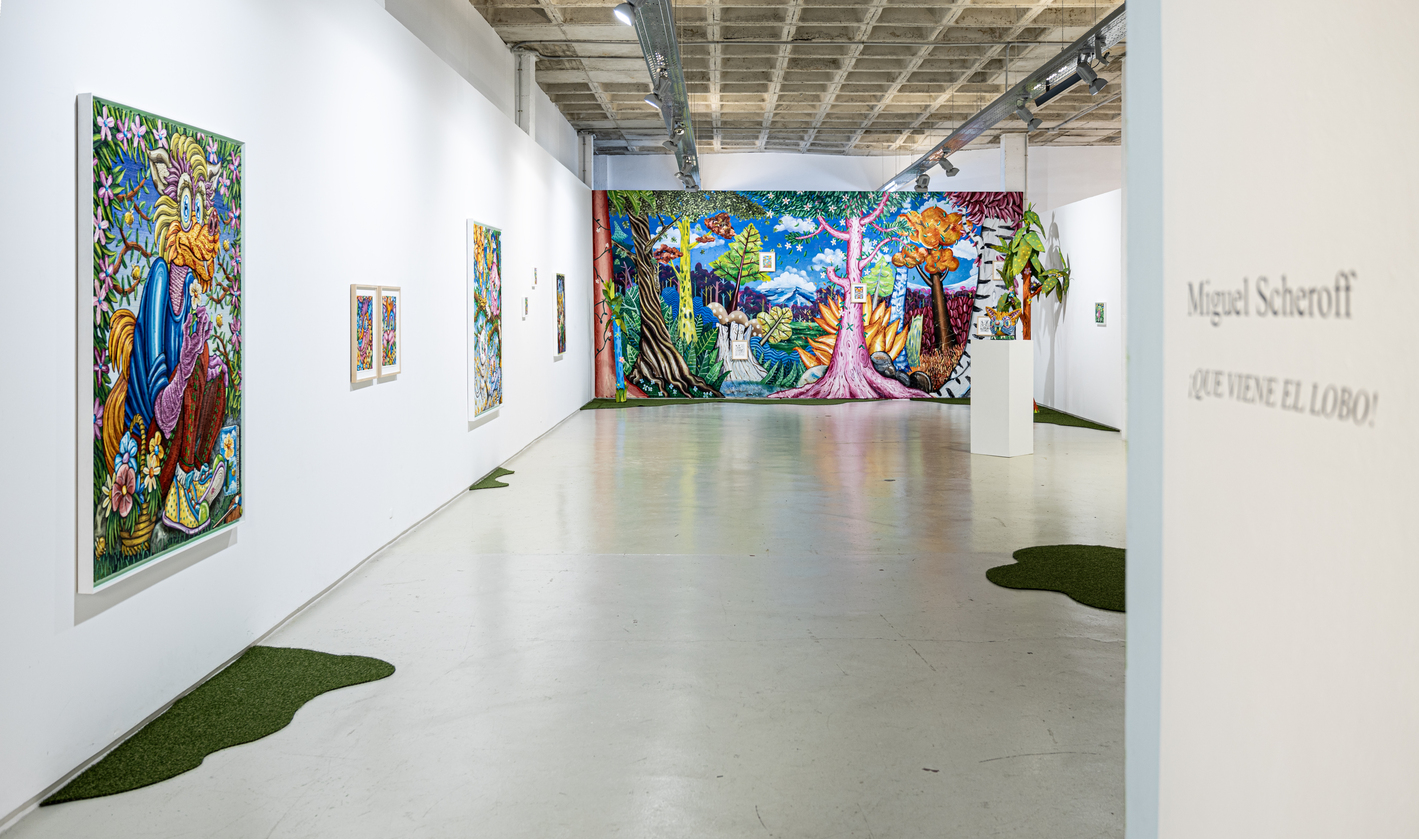
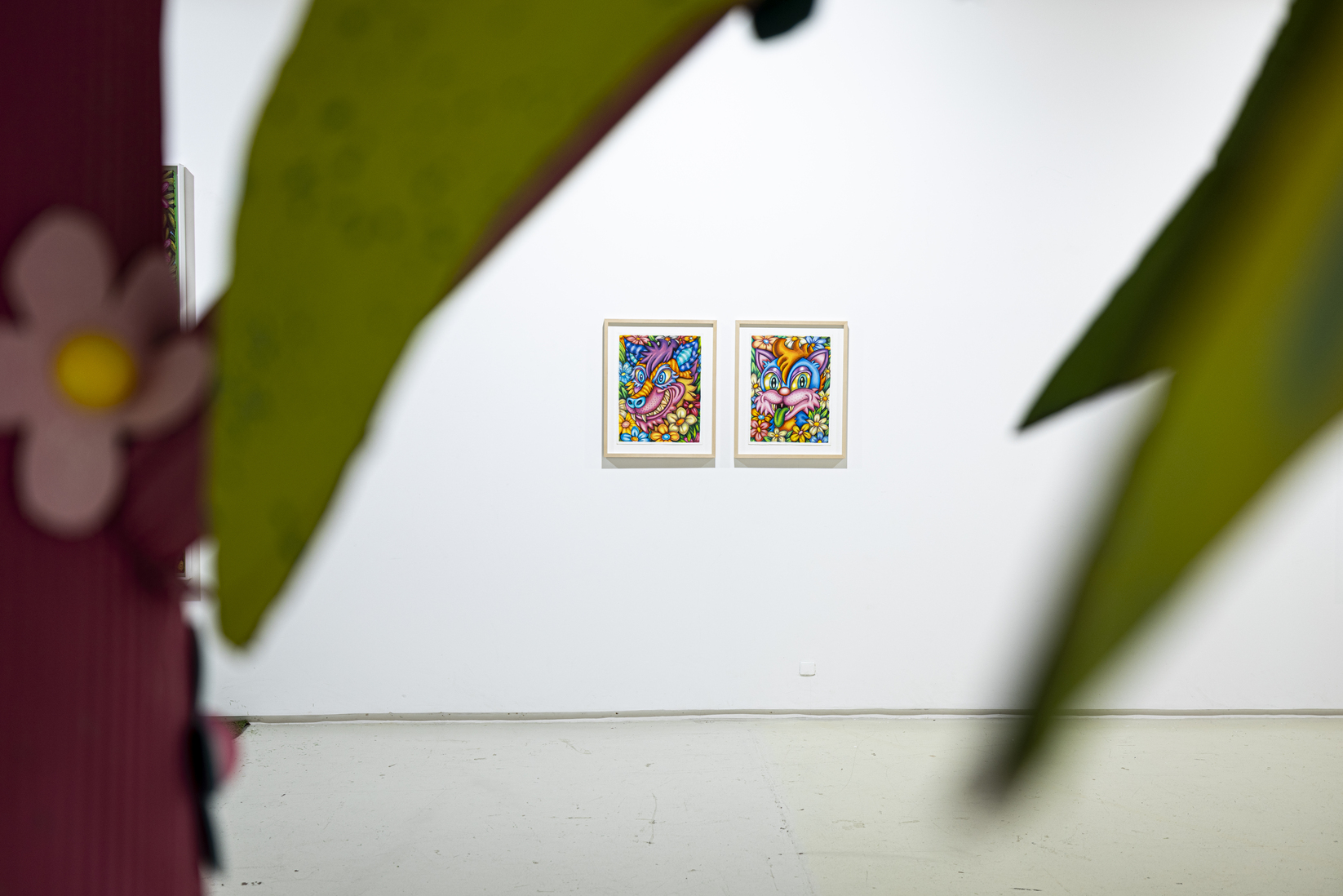
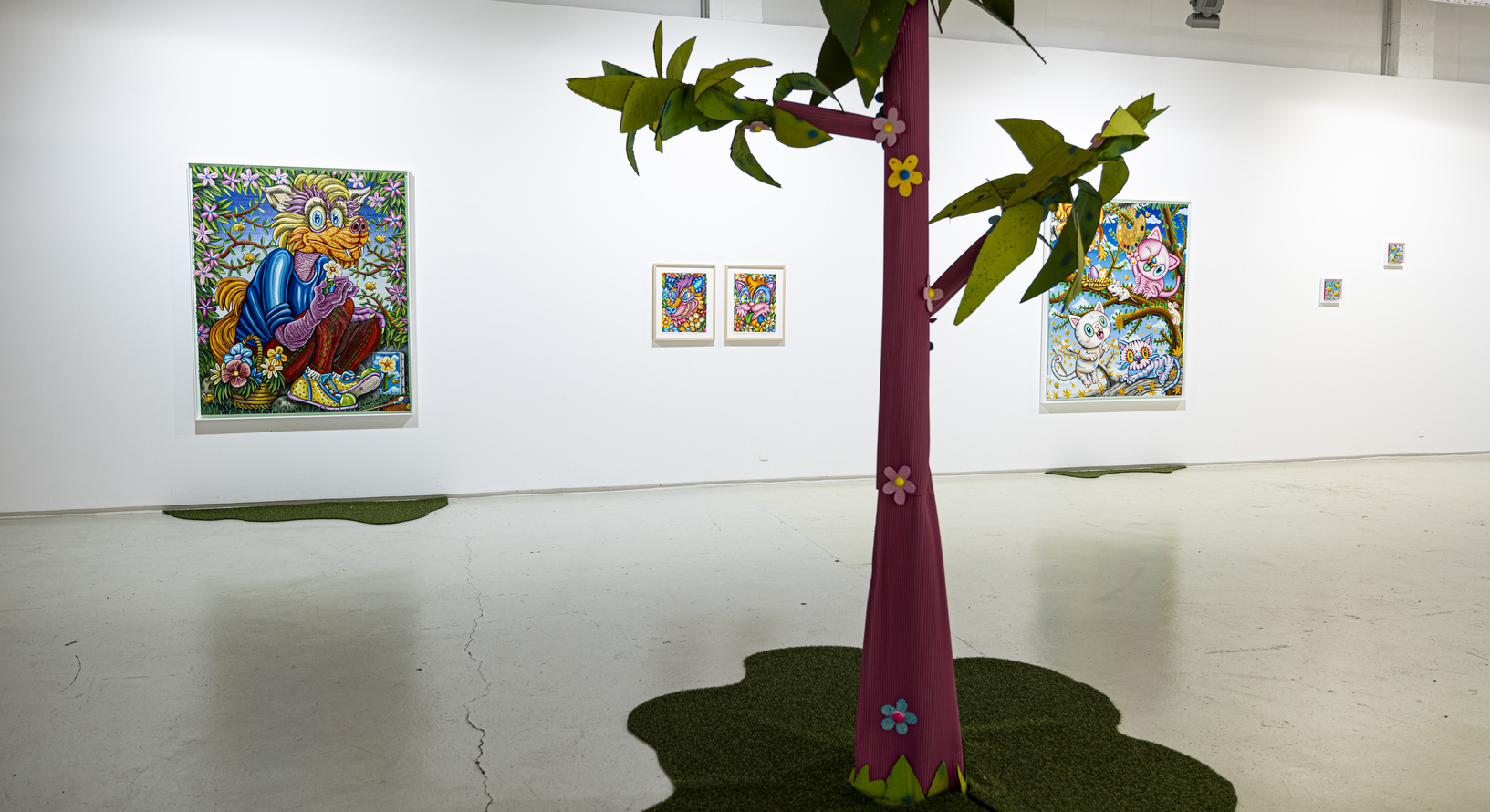
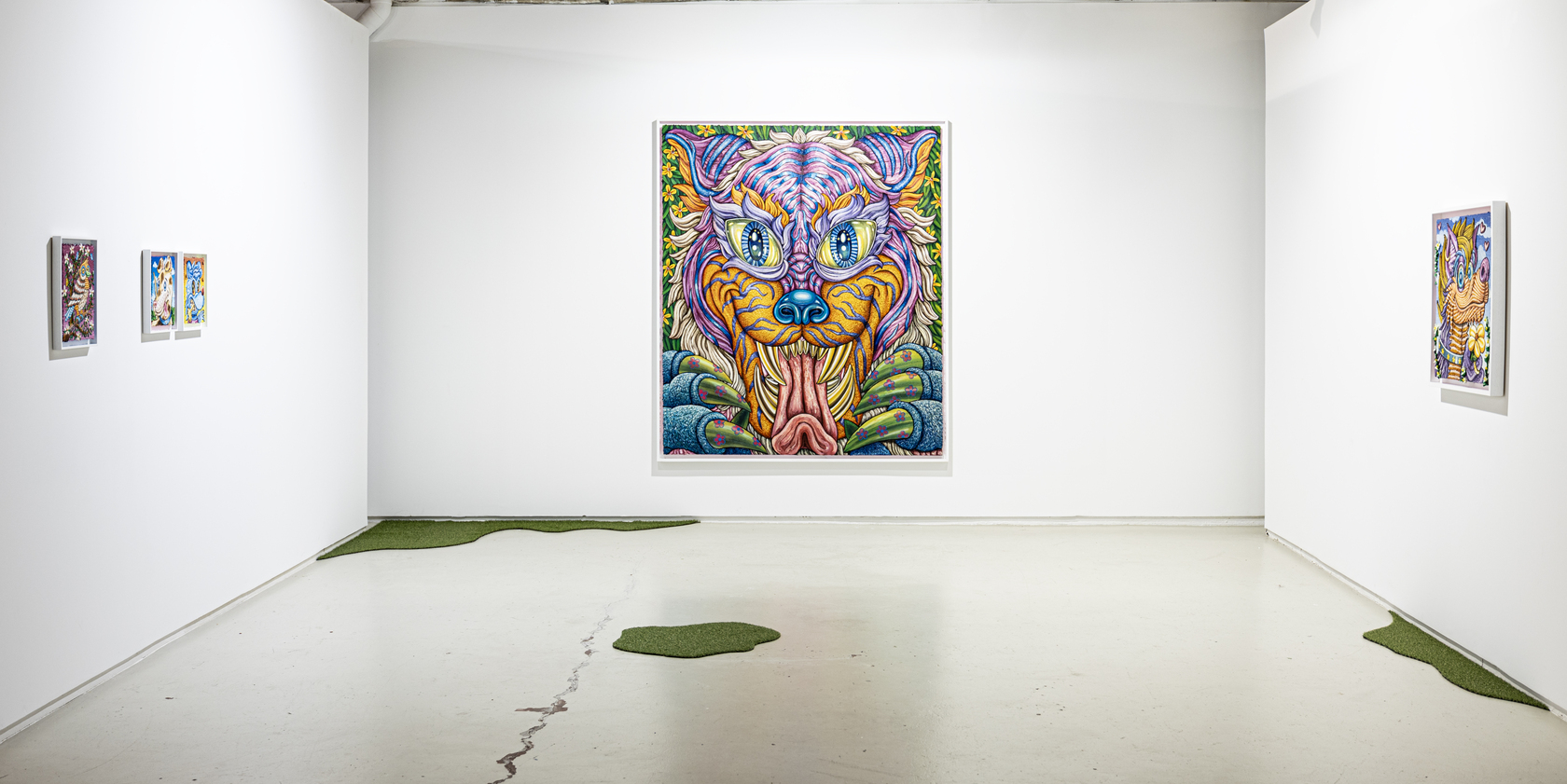
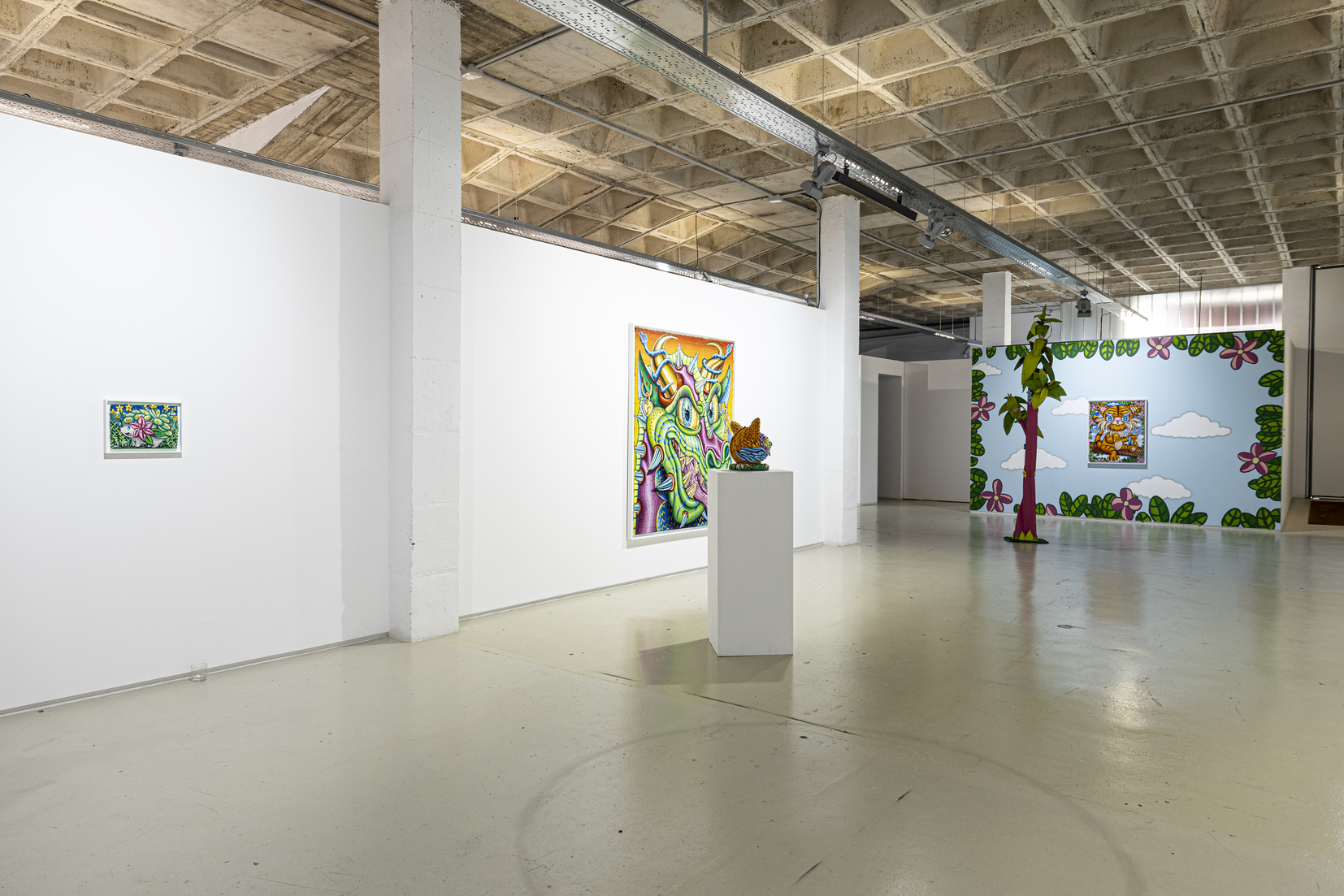
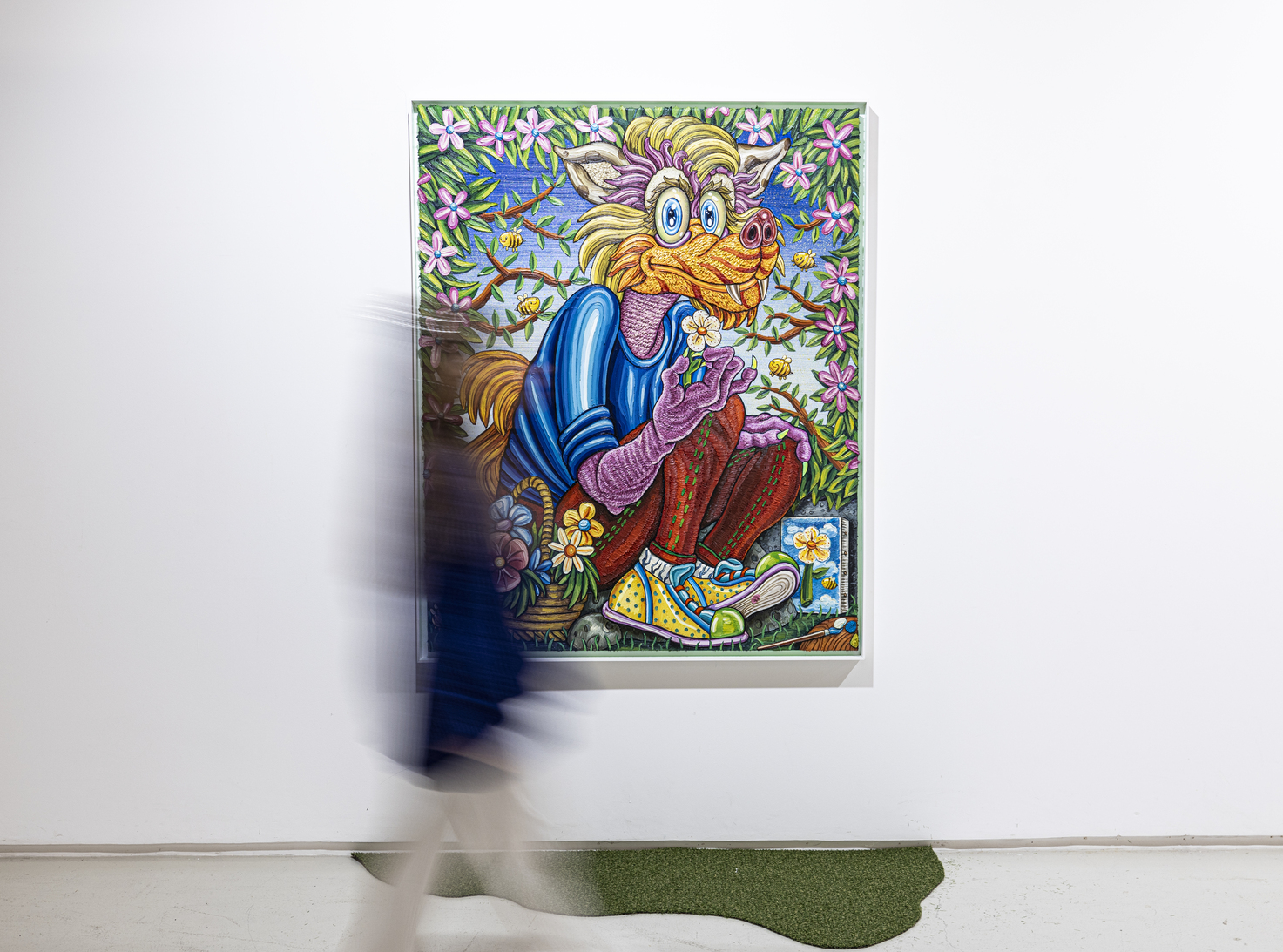
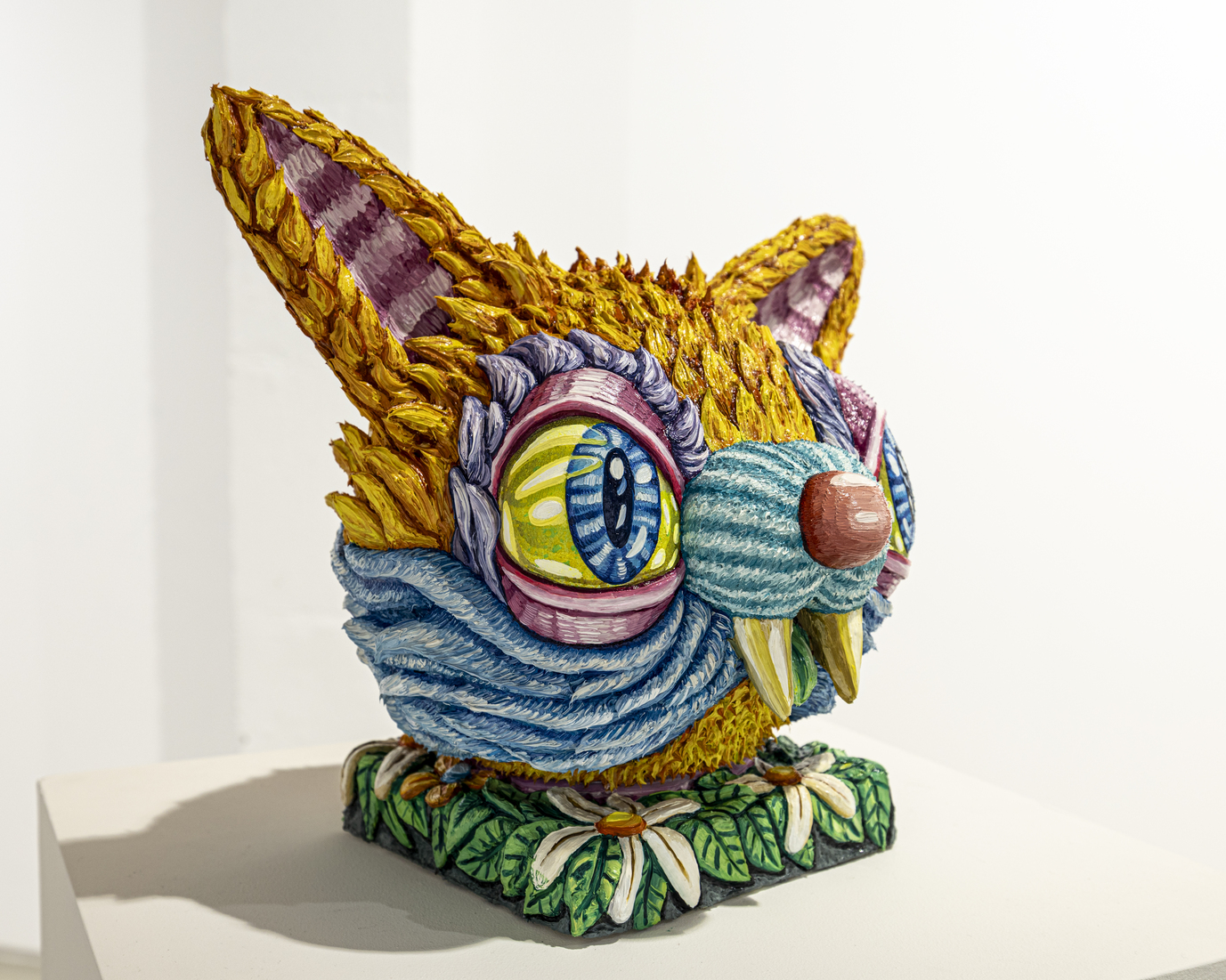
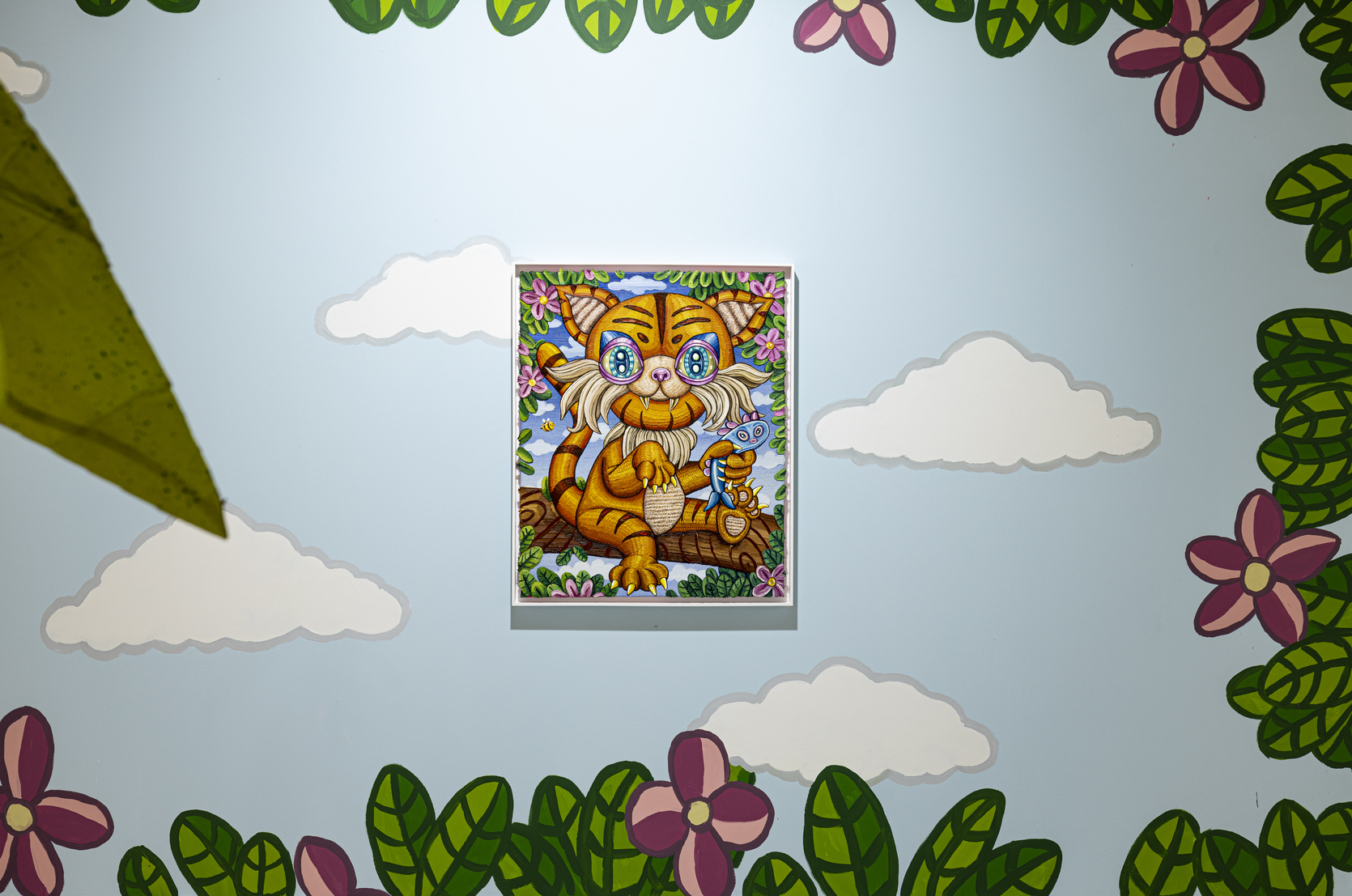

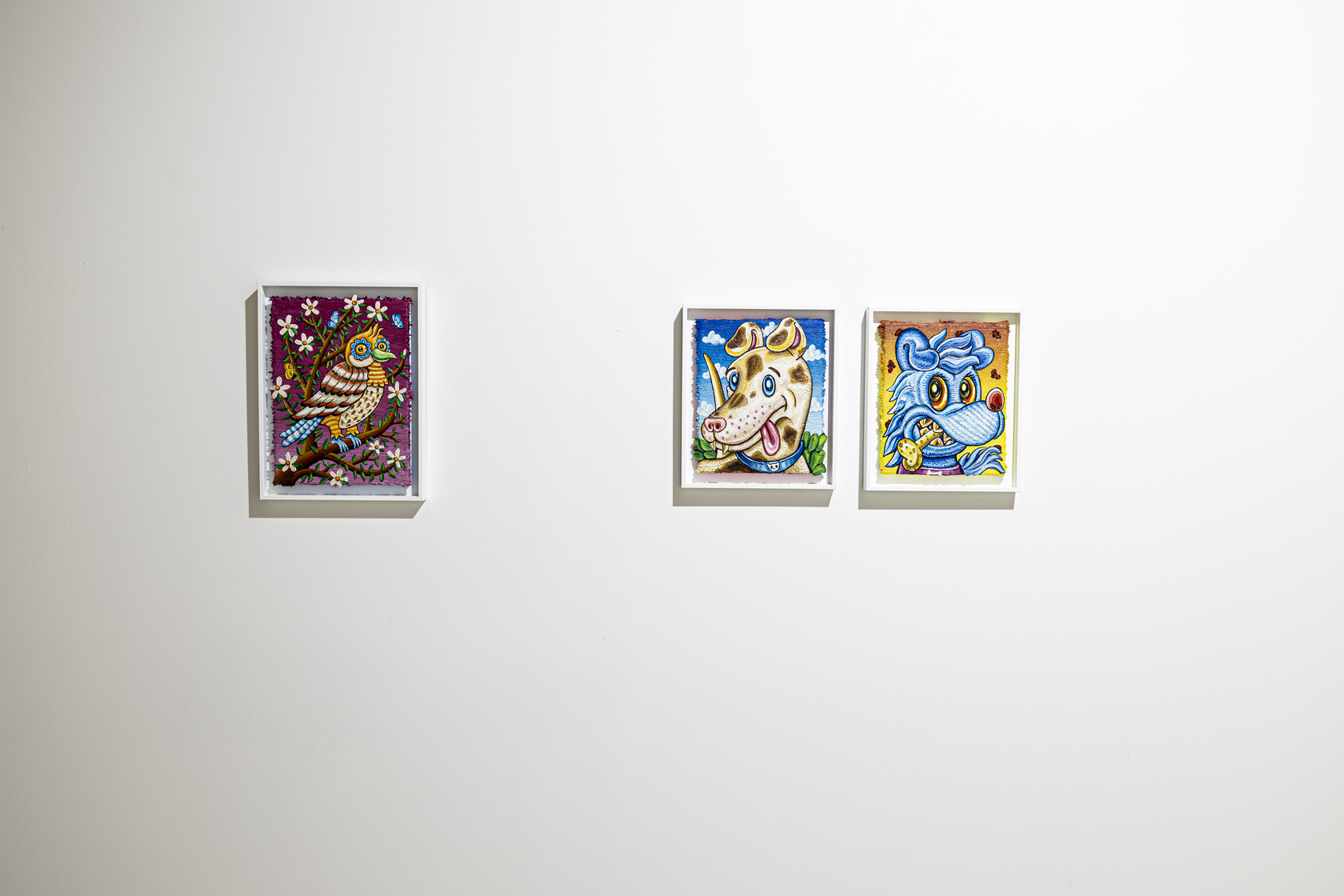
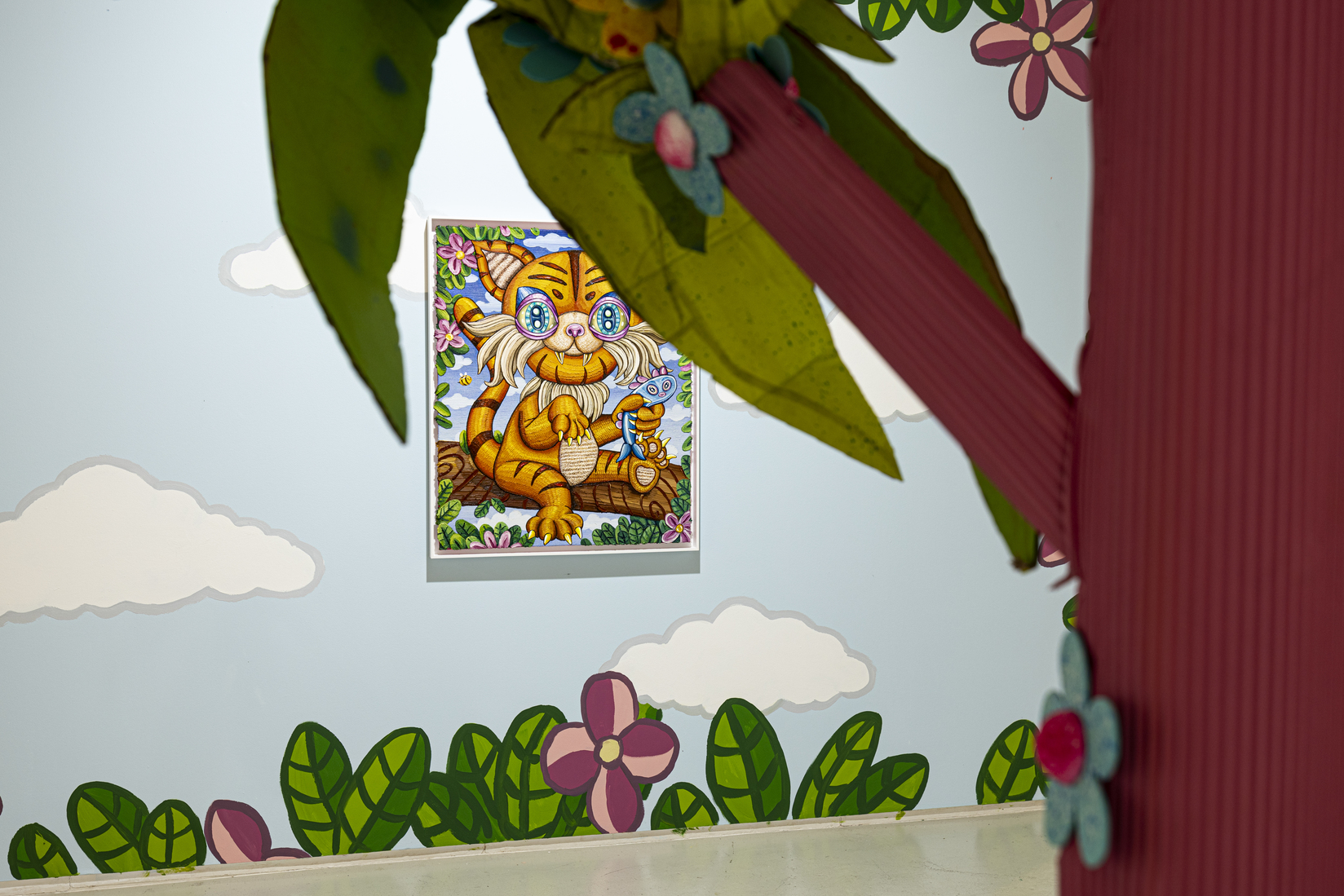
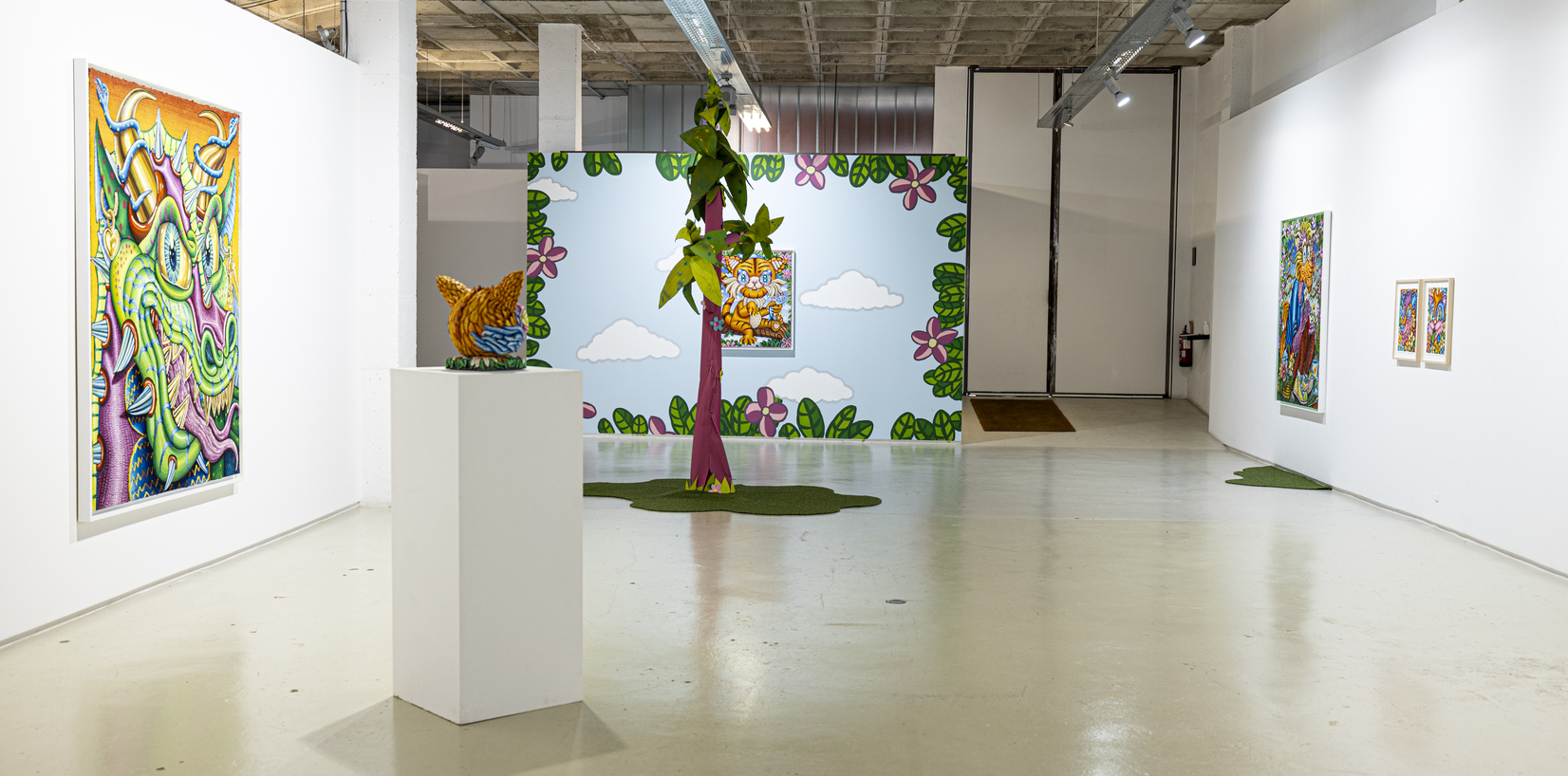
¡QUE VIENE EL LOBO!
Miguel Scheroff
Curated by Dra. Alejandra Rodríguez Cunchillos
Once upon a time… there was and there is, an expression that marked the beginning of a fantasy. Sleep opens its doors to mental activity, the pleasures of the dreamworld, but also often to a state of terrifying vigil. How could something as desired as a simple bedtime story be transformed into our worst nightmare? Even with the modern twists on these classic tales, our cultural heritage that we acquired in infancy pushes us to maintain a fear of the wolf, the big bad wolf.
But, who is this being to which we are referring to as big, and bad? This canine has been smeared in our folklore because, on specific occasions, it has fed on piggies, sheep, little goats, etc. On the other hand, the wold is a fundamental species for the food chain and, therefore, for the ecosystem. Likewise, in some myths and legends, a more positive version appears; let’s remember that it is part of the history of the Old Continent, as it nursed the founders of the Eternal City, Romulus and Remus. Nevertheless, in our memory, the pejorative image has prevailed: a wild animal – that is, distant from the community and not captive, but wandering free; that instils fear and danger – which makes sense in the past, for the implications to an exposed society that relies on farm animals; and, when it acquires human qualities, it is characterised by its clumsiness – due to a lack of understanding of the context. Interestingly, it is in this last characteristic, when the wolf is stripped of its animal traits and takes on a human form and behaviour, that its ignorance is accentuated. Thus, the wolf has also been a metaphor for the Other, the foreigner, the unknown, the different, or the diverse. In this way, faced with the expression ‘Here comes the wolf!’ we might ask, ‘What kind of wolf?’
Standing before this paradigm, the artist Miguel Scheroff (Navas de Tolosa, Jaén, 1988) invites us to stroll through a fantasy forest. A space dominated by the antagonists of fairy tales, the wolves, and other denigrated beings, those that “represent a threat,” such as dragons, reptiles, other canines, felines, or insects. These species, while initially frightening us due to their reputation, are still another living being that fulfils or has fulfilled its functions on our planet and, only due to our human experience and interpretation, are presented as an atypical being. The artist captures our contemporary concerns, through this fairytale lens, in his portraits and self-portraits. If in previous works Scheroff stood out for his ability to show the harshness of reality through hyperrealism and, more recently, has paid attention to scenes of struggle with real and mythological beings, now he presents his most “fictional” version (at first glance). If we look beyond appearances, we will find a much more faithful testimony of reality.
Continuing with a brushstroke heavily loaded with matter, he delimits the physiognomy of his characters and gives them personality: as sharp as their dangers and as sweet – as if wielding a pastry bag – as the character they enclose. A work with a quasi-sculptural appearance, a pictorial bas-relief that transcends two-dimensionality, encouraging on-site artistic experience in the face of growing virtuality. Technologies have us trapped, hypnotised like the sensation produced by the eyes of the represented, warning us of the risk of being held captive, like many of these wild species.
The artist endows the atmosphere of his works with vibrant colours to connect with his generation, so heavily influenced by the aesthetics of cartoons and especially video games. Likewise, he uses colour that does not always correspond to its physical codes but has to do with the emotions of each of the subjects represented. To this, we must add that the choice of tones is due to the artist’s interest in reflecting contemporary society that seemingly shines in order to camouflage its current situation, and thus imagine an escape route.
Popular tales are characterised by having a moral. In the story of Peter and the Wolf, the shepherd lies many times, and when the disaster truly strikes, no one responds to his call because they don’t believe him. In the case of artists, unlike with Peter, they shout certainties through their works, and in many cases, the people turn a deaf ear and come when it is already too late. ‘Here comes the wolf!’ is an alert to nature and its diversity, to its preservation and respect.
Curator Dra. Alejandra Rodríguez Cunchillos
Diario Sur / La vida imaginada de Fabrizio Arrieta
14 Sep, 2018
Exposición de Miguel Gómez Losada en el CAC de Málaga
7 Sep, 2018
El Centro de Arte Contemporáneo de Málaga presenta la primera exposición individual en un museo de Miguel Gómez Losada. En Romanza, comisariada por Fernando Francés, más de una treintena de pinturas de diferentes técnicas y formatos, muestran su obra más reciente,...
Olam Haba, the world to come
12 Aug, 2018
La muestra, creada por Daniel Solomons, es un recorrido social y arquitectónico por los signos de la identidad cultural judía actual en Londres. Inauguración 12 de julio a las 19:00 h. Centro Sefarad-Israel. Calle Mayor, 69. 28013 Madrid. Entrada libre hasta completar...
La Vanguardia / Calleja sigue creciendo
15 Jul, 2018
ArteSantander 2018
14 Jul, 2018
ARTESANTANDER 2018 14.07 - 18.07.2018 Yusto/Giner participa en ArteSantander 2018 con "Muñecas bravas", un solo project de Ana Barriga Palacio de Exposiciones y Congresos de Santander Avda. del Stadium, s/n 39005 Santander (España) ARTESANTANDER 2018
Diario de Sevilla / Mujeres, no bodegones: Ángeles Agrela recoge el Premio Focus por su ‘Afrodita en procesión’
10 Jul, 2018
Lifo / Τα πονεμένα παιδιά με τα διάφανα μάτια του Javier Calleja
1 Jul, 2018
Diario Sur / La ‘ternura’ de Javi calleja. Crítica de arte. Juan Francisco Rueda
30 Jun, 2018
Arrestedmotion / Showing: Javier Calleja – “I hope you don’t mind” @ Yusto/Giner Gallery
27 Jun, 2018
Exit Express / Ganadores de Generaciones 2019
19 Jun, 2018
Details
- Start:
- 18 Nov
- End:
- 29 Feb
- Event Categories:
- EXHIBITIONS, Miguel Scheroff
- Event Tags:
- Miguel Scheroff
Local
- Yusto/Giner Gallery
-
C/Madera nº9
Marbella, Málaga 29603 España - Teléfono:
- +34 951 507 053